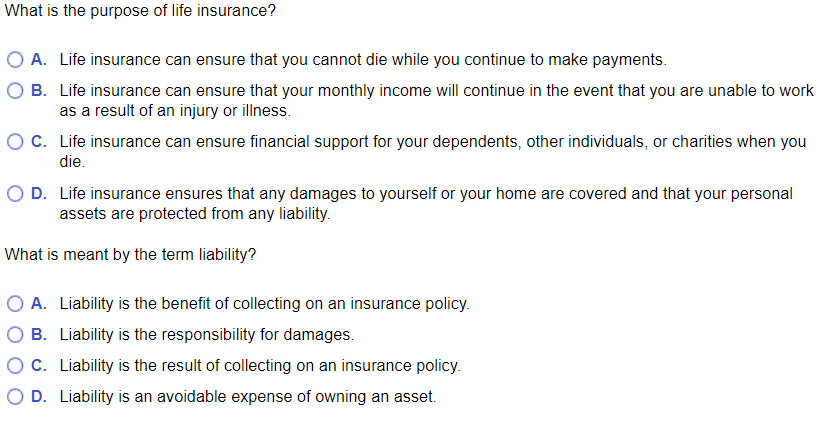The 8-Minute Rule for Pacific Prime
The 8-Minute Rule for Pacific Prime
Blog Article
Pacific Prime Fundamentals Explained
Table of ContentsSome Known Questions About Pacific Prime.Pacific Prime Can Be Fun For AnyoneThe Ultimate Guide To Pacific PrimeThe 6-Second Trick For Pacific PrimePacific Prime Fundamentals Explained

This is since the information were gathered for a duration of strong economic efficiency. Of the estimated 42 million people that were without insurance, just about concerning 420,000 (about 1 percent) were under 65 years of age, the age at which most Americans end up being qualified for Medicare; 32 million were adults between ages 18 and 65, around 19 percent of all adults in this age group; and 10 million were kids under 18 years old, concerning 13.9 percent of all children (Mills, 2000).
These quotes of the number of persons without insurance are created from the yearly March Supplement to the Existing Population Survey (CPS), conducted by the Census Bureau. Unless otherwise noted, national quotes of individuals without wellness insurance policy and percentages of the populace with various sort of insurance coverage are based upon the CPS, one of the most widely utilized resource of price quotes of insurance policy protection and uninsurance rates.
The Greatest Guide To Pacific Prime

Still, the CPS is especially useful because it produces yearly quotes relatively rapidly, reporting the previous year's insurance protection approximates each September, and because it is the basis for a consistent set of quotes for greater than two decades, enabling analysis of fads in protection over time. For these factors, along with the comprehensive use the CPS in other studies of insurance policy coverage that are offered in this report, we rely upon CPS price quotes, with limitations noted.

The estimate of the number of without insurance people increases when a populace's insurance policy status is tracked for numerous years. Over a three-year duration beginning early in 1993, 72 million people, 29 percent of the united state populace, were without protection find out here for at least one month. Within a solitary year (1994 ), 53 million people experienced a minimum of a month without protection (Bennefield, 1998a)
Six out of every 10 without insurance adults are themselves utilized. Although working does boost the possibility that one and one's member of the family will certainly have insurance policy, it is not an assurance. Even participants of households with two full time breadwinner have nearly a one-in-ten opportunity of being uninsured (9.1 percent without insurance rate) (Hoffman and Pohl, 2000).
The smart Trick of Pacific Prime That Nobody is Talking About
New immigrants make up a significant proportion of people without medical insurance. One evaluation has associated a considerable section of the recent growth in the size of the united state uninsured population to immigrants that arrived in the country between 1994 and 1998 (Camarota and Edwards, 2000). Recent immigrants (those that came to the United States within the past four years) do have a high rate of being without insurance (46 percent), but they and their children account for just 6 percent of those without insurance coverage nationally (Holahan et al., 2001).
The connection between medical insurance and access to care is well established, as documented later on in this phase. Although the partnership in between medical insurance and health and wellness results is neither direct nor easy, a considerable clinical and health solutions research study literary works links medical insurance coverage to improved accessibility to care, far better high quality, and enhanced personal and populace health and wellness status.
Levels of evaluation for taking a look at the effects of uninsurance. It concentrates specifically on those without any type of wellness insurance coverage for any length of time.
The Pacific Prime Diaries
The issues dealt with by the underinsured are in some aspects comparable to those faced by the uninsured, although they are generally much less extreme. expat insurance. Uninsurance and underinsurance, nevertheless, entail clearly various plan problems, and the techniques for resolving them may differ. Throughout this study and the five reports to follow, the major emphasis is on individuals without any medical insurance and thus no assistance in spending for health treatment past what is offered through charity and safety and security net institutions
Medical insurance is an effective element affecting receipt of care due to the fact that both clients and physicians reply to the out-of-pocket rate of solutions - https://canvas.instructure.com/eportfolios/2829699/Home/Pacific_Prime_Your_Ultimate_Destination_for_Insurance_Solutions. Medical insurance, nonetheless, is neither necessary neither sufficient to get to clinical services. However, the independent and direct impact of medical insurance coverage on accessibility to health and wellness services is well developed.
Others will acquire the health care they need also without health insurance policy, by spending for it expense or seeking it from suppliers who supply care cost-free or at highly subsidized prices. For still others, medical insurance alone does not guarantee invoice of treatment as a result of other nonfinancial barriers, such as an absence of health and wellness care service providers in their area, restricted accessibility to transportation, illiteracy, or linguistic and social differences.
Some Ideas on Pacific Prime You Should Know
Formal research about uninsured populations in the United States dates to the late 1920s and very early 1930s when the Board on the Expense of Medical Treatment produced a series of records concerning funding doctor workplace gos to and hospital stays. This concern came to be prominent as the varieties of clinically indigent climbed up throughout the Great Clinical depression.
Report this page